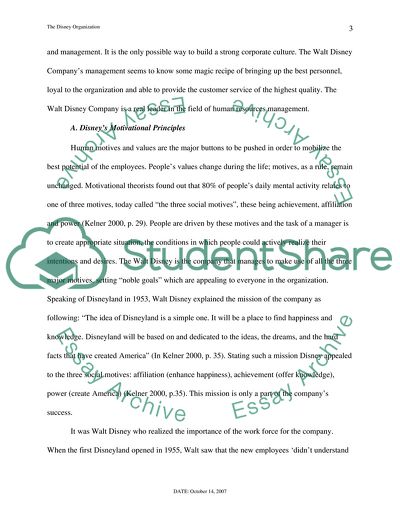Cite this document
(Mobilize Human Resources and Organization in Disney Case Study, n.d.)
Mobilize Human Resources and Organization in Disney Case Study. Retrieved from https://studentshare.org/human-resources/1709558-the-disney-organization
Mobilize Human Resources and Organization in Disney Case Study. Retrieved from https://studentshare.org/human-resources/1709558-the-disney-organization
(Mobilize Human Resources and Organization in Disney Case Study)
Mobilize Human Resources and Organization in Disney Case Study. https://studentshare.org/human-resources/1709558-the-disney-organization.
Mobilize Human Resources and Organization in Disney Case Study. https://studentshare.org/human-resources/1709558-the-disney-organization.
“Mobilize Human Resources and Organization in Disney Case Study”, n.d. https://studentshare.org/human-resources/1709558-the-disney-organization.


